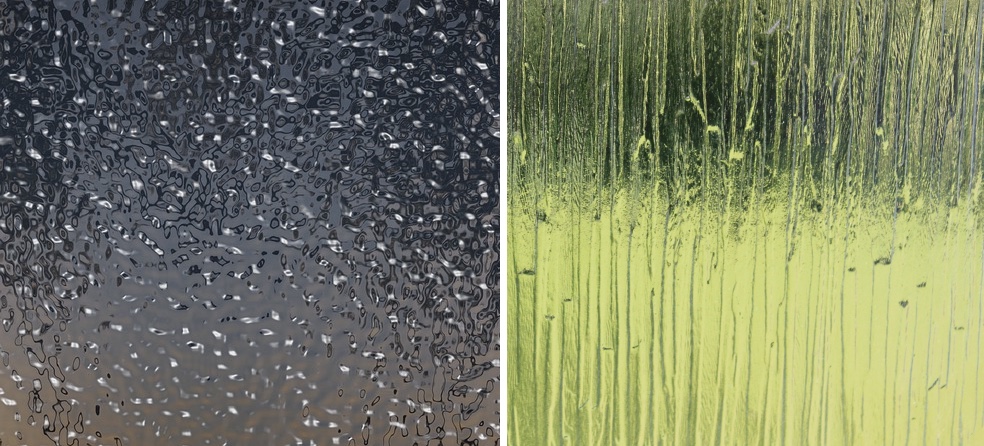
Frosted or obscure glass is a great way to bring light into a room without sacrificing privacy.
The frosting effect can be achieved through various methods but will all serve the same purpose — to distort the view from one side of the glass to the other. Frosted and obscure glass can be found in applications throughout homes and businesses and might be just what you’re looking for.
But what’s the difference between the two? It is a common misconception that frosted glass and obscure glass are two names for the same thing. In this article, we explain the difference between the two, helping you to pick the best glass for your needs.
What is obscure glass?
Obscure glass is an umbrella term for any type of glass that obscures or distorts the view through the glass. There is not a single type of glass known as obscure glass, rather, obscure glass can be thought of as a category name for various other types of glass.
There are different levels of obscurity in glass. From mildly distorted panels to opaque glass, you can find a level of obscurity to match your needs. But no matter how obscure the glass might be, it is still considered as ‘obscure glass’ so long as there is some level of distortion.
What is frosted glass?
Frosted glass is just one type of obscure glass. It is glass that has been acid etched to create a pitted surface on the panels. This permits some light to pass through but prevents little more than shapes or silhouettes to be seen on the other side.
Frosted glass is particularly popular due to its versatility. The glass can be embedded with designs, logos and embellishment while still maintaining privacy. This makes it ideal for commercial applications, though it is also favoured for glass balustrades and shower screens.
Put another way, all frosted glass is obscure glass, but not all obscure glass is frosted glass.
What other types of obscure glass are there?
The distortion of obscure glass may be achieved by using colour, textures or patterns. Satin glass is the most common type of obscure glass and this has been chemically treated to create the distortion.
Other types of obscure glass include textured glass and sandblasted glass. Sandblasted glass usually has a portion of distorted glass and a portion of transparent glass.
As leading glass and glazing experts for over 75 years, Bridgewater Glass can supply the perfect type of glass for your needs. Serving commercial and domestic customers throughout Watford, Hemel Hempstead and St Albans, we ensure everyone receives bespoke glass made to their precise requirements. Visit our showroom in Watford to see our quality products for yourself.
Alternatively, contact our team to place your order.
